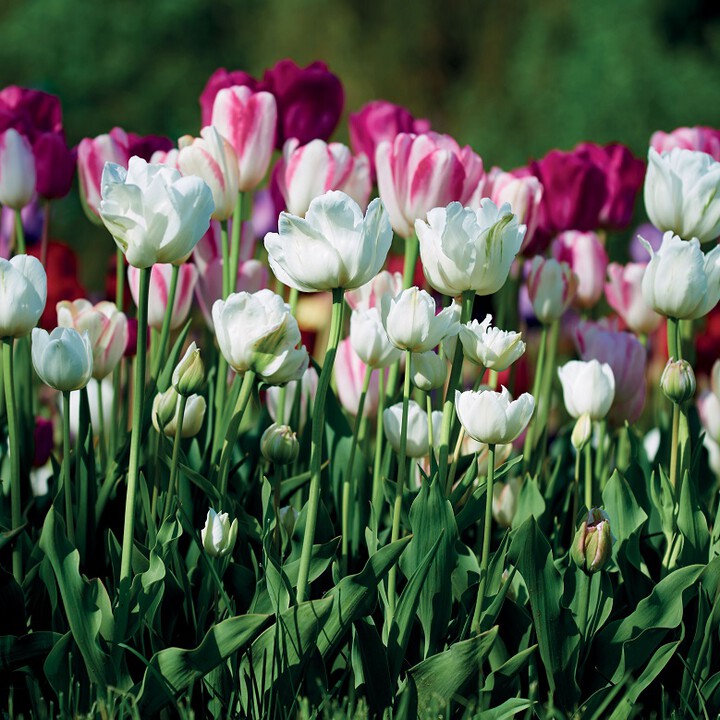Plus, where to plant and when to cut each.

There's a way to keep your lush, flower-filled backyard garden intact but still have gorgeous blooms to make arrangements with: Plant an additional garden (called a cutting garden) and fill it with flowers that are meant to be displayed in a vase. You get the best of both worlds! Check out some great flower choices below, plus understand a few practical points associated with starting a cutting garden.
It's all about location.
Even before you decide which flowers to plant, you'll need to figure out where exactly you should plant them so your garden will flourish. "To grow healthy cut flowers, any sunny, well-draining site will do," says Adam Dooling, the curator of Outdoor Garden and Herbaceous Collections at the New York Botanical Garden in Bronx, New York. "But consider other factors, too, such as a location's proximity to a water source, potting shed, and storage areas."
Which flowers should you pick?
While there are many flowers available to growers, some are better suited for cutting and displaying than others. "Beyond aesthetics and fragrance, there are some objective qualities that make for a good cut," says Dooling, "such as long, strong stems and a good 'vase life,' meaning, the amount of time a cut flower will still look good and retain its appearance in a vase." Popular cutting flowers include sweet peas, poppies, peonies, love-in-a-mist, baby's breath, bachelor's buttons, billy buttons, bells of Ireland, Queen Anne's lace, cosmos, zinnia, sea holly, cockscomb, flowering tobacco, globe amaranth, dahlias, coral bells, hydrangea, and pineapple lily.
Mix it up.
When choosing flowers, remember that a mix of colors, shapes, sizes, and textures is what often makes for the most striking arrangements. To make it even more eye-catching, add in some foliage such as hosta leaves, as well as ferns and ornamental grasses. With a few exceptions, like dahlias and zinnias that should be cut when in full bloom, the flowers should be cut when color begins to appear on their buds. If you don't have floral snips, use a sharp knife or scissors to get the job done. It's best to cut the flowers in the morning when it's still cool rather than when it's hot in the afternoon or evening.
Tidy things up.
To keep your flowers fresh as long as possible, start off by putting them in a clean vase. If any leaves fall below the water line in your vase, remove them-those are what cause bacteria to grow in the vase.